
Flowers Reproductive plant structures


Flowers Objectives
-
Label flower structures and functions, relating flower structures to fruits and seeds.
-
Identify different types of flowers and explain how their structures relate to pollination.
-
Describe the characteristics of flowers that attract specific animal pollinators and contrast them with the flowers of wind-pollinated plants.
We will begin with an overview of flowers and why they are significant.
Flower Structures
Although flowers vary significantly in structure, many share the features in this video.
Lilies are often used to study flower structures because they are complete or “perfect” flowers with all of the basic parts. Lilies are monocot angiosperms, with three petals and three similarly colored sepals.
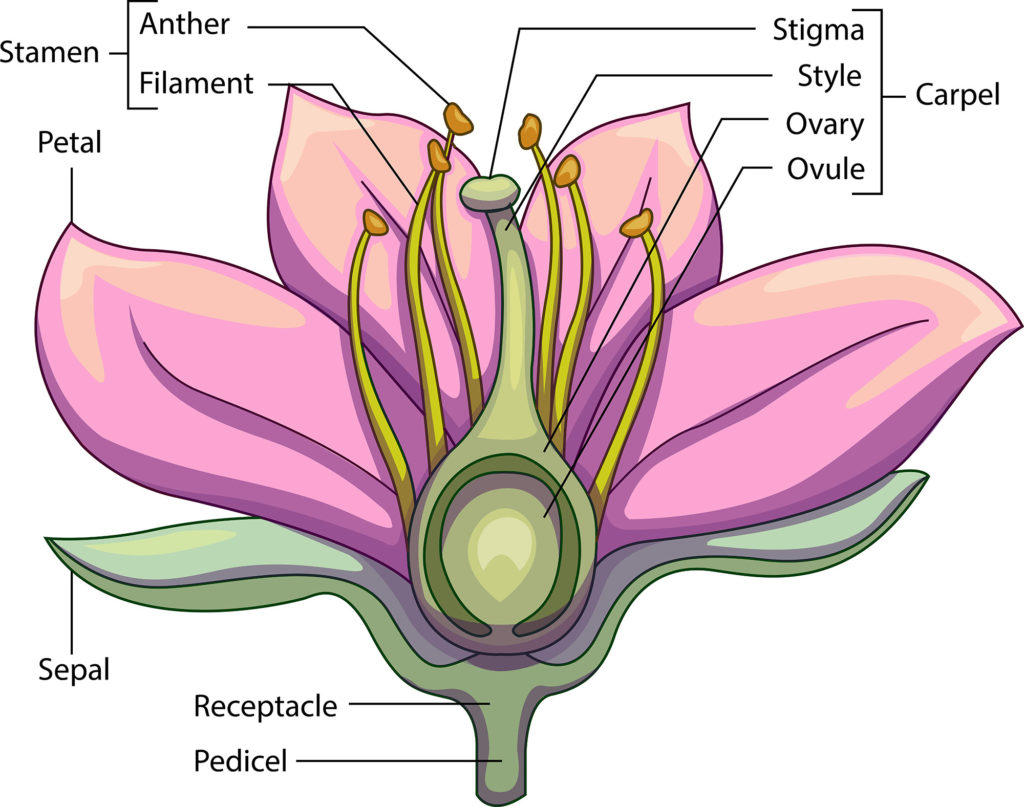
Stamens are the “male” reproductive structures of the flower that produce the pollen grains. Each stamen consists of a filament and an anther. The filament is a stalk attached to the anther. The anther is where pollen grains are located. Pollen is the equivalent to sperm in human males.
The pistil (also called the carpel) is the “female” reproductive structure of the flower and is made up of three parts. The stigma is where the pollen grains land. The style is below the stigma and connects it to the ovary. The ovary forms the bottom part of the pistil. Inside the ovary are the ovules and inside the ovules are the eggs which, after fertilization, will result in the ovules developing into seeds. At the same time the ovary will develop into a fruit.
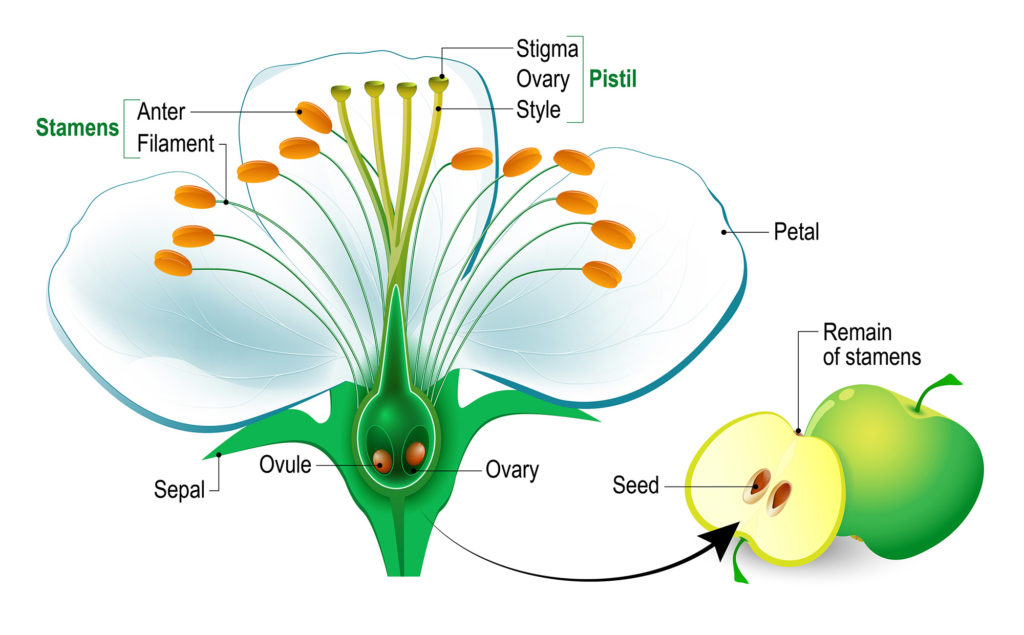
To review; after fertilization (pollination), the ovary of the flower becomes the _____ and the ovules become the _____.
Answers: fruit; seeds
Models are often used to assist is visualizing small structures. This mustard readily shows all of the basic flower parts.
Review your understanding of flower structures with this video.
Grass Flowers
Grass plants are not pollinated by animals, so they do not need large, colorful, odorous, or nectar-filled flowers.
Flower Types
Flowers have a wide variety of structures, depending on the species. This video introduces some of the most common flower types. You will be identifying flower type in the next journal assignment.
Flowers have varied arrangements of the stigma and stamens. This flower has a branched stigma that can accept pollen and stamens lined up on the outside of the style.
Begonias are examples of “imperfect” of incomplete flowers.
Pollination
Flowers types and their distinct structures relate to how the plant is pollinated.
Pollinators are often attracted to flowers with specific colors, patterns, odors, or sizes/shapes.
Pollinator Preferences
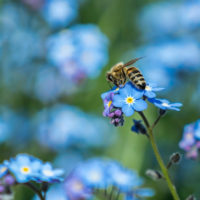
Bees
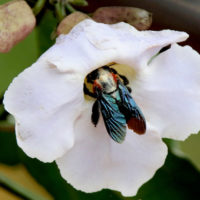
Flies
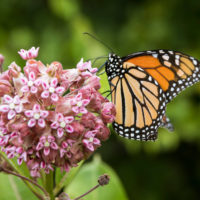
Butterflies
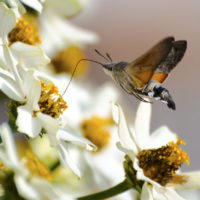
Night-Feeding Moths
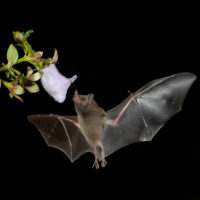
Bats
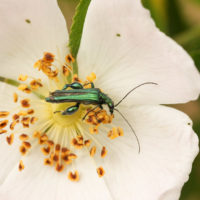
Beetles
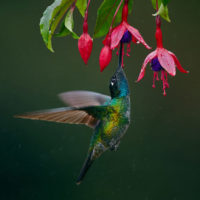
Hummingbirds
Anything Goes
What pollinators are attracted to this Oregon native Oregon flowering shrub?
hint: they are all over the flower heads
Although many significant crops like soybeans and squash are pollinated by animals, grass plants are wind pollinated. Grasses include corn, wheat and rice.
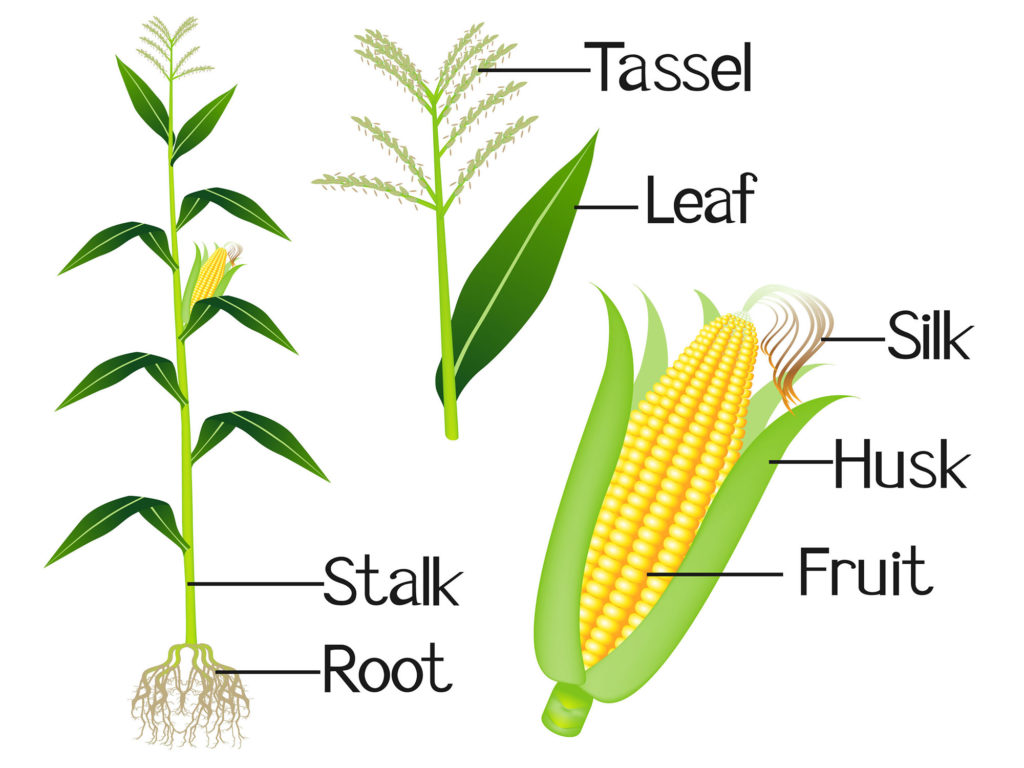
In a corn plant, a cluster of male flowers is called a tassel. The male flowers produce pollen which is carried by the wind to female flowers. Pollen falls onto the silks of female flowers, which develop into individual corn kernels. Typically the male and female flowers on a single plant mature at different times, to prevent self-pollination.
Planting for Pollinators
Seed Choices
As will see in an upcoming Guide, some species of pollinators are declining, threatening habitat stability and crop production. On the quiz, you could be asked which seeds you would plant to attract specific pollinators. This video shows how seed mixes are making this an easier task.
Wildlife Plantings at OSU
In the past decade, OSU has planted wildlife-friendly species like this native red-flowering currant. Hummingbirds utilize these as a migratory food source in early spring.
Start your second journal assignment here
(keep taking notes on your first journal assignment on the next page)
Journal Page #2: Labeled Flower Drawings
You will be drawing and labeling two different types of flowers. These can be flowers from around your home or you can use the videos on this page or on the resource page (link below). Draw from life or video instead of from a photo or another drawing.
Use caution if you collect outdoors; travel with a friend, be aware of your surroundings, avoid hazardous situations and restricted locations, and minimize impact on organisms and their environment.
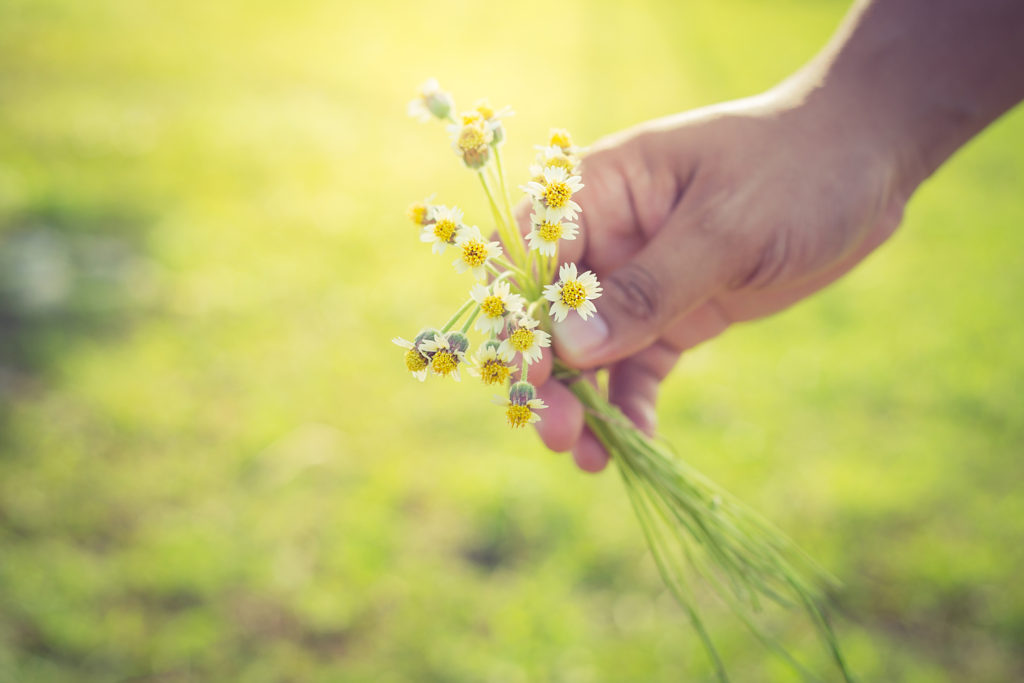
Include in each of your two labeled flower drawings:
- the size, colors, and patterns of each flower
- the type (perfect/complete, composite, etc.)
- as many structures as you can observe, such as: sepals, petals, stamens (filament and anther), carpel/pistil (stigma, style, ovary).
You can use any of the flower videos on this page or resource page if you do not have access to flowers for your drawings.
The next section introduces fruits and seeds, the structures produced from ovaries and ovules.

Check your knowledge. Can you:
-
label flower structures and functions, relating flower structures to fruits and seeds?
-
identify different types of flowers and explain how their structures relate to pollination?
-
describe the characteristics of flowers that attract specific animal pollinators and contrast them with the flowers of wind-pollinated plants?



